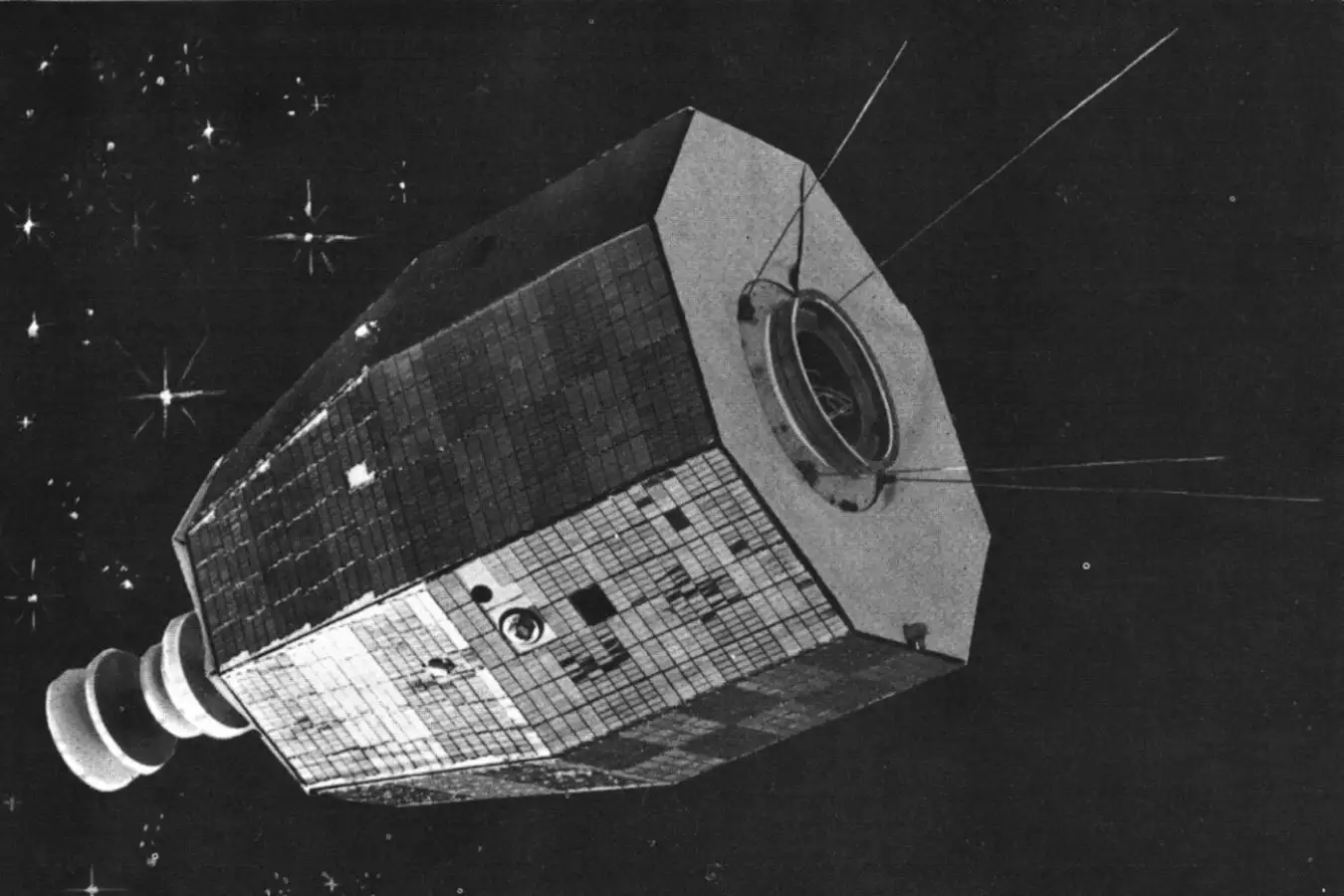NASA’s Inactive Relay 2 Satellite Linked to 2024 Anomaly

In June 2024, astronomers made a surprising discovery when they detected a powerful burst of radio waves from within our galaxy. Initially believed to originate from a pulsar or another cosmic entity, further analysis revealed the signal’s source was alarmingly close to Earth. Researchers concluded that the signal was emitted by Relay 2, a long-defunct NASA satellite launched in 1964. Despite ceasing operations in 1967, this satellite unexpectedly sent out a strong radio signal nearly 60 years later, as detailed in a preprint study released on June 13.
Relay 2: A Silent Satellite Sends a Loud Signal
The unusual signal was captured using the Australian Square Kilometre Array Pathfinder (ASKAP) telescope array. Typically, such intense radio bursts come from deep space and can release more energy in a few milliseconds than the sun does over several days. However, this particular signal lasted only 30 nanoseconds and was traced back to the vicinity of Earth, making it difficult for ASKAP to focus on it accurately. After eliminating cosmic sources, researchers pinpointed the pulse to the orbit of Relay 2. Remarkably, despite its non-functional status, the satellite emitted the brightest radio flash observed at that moment.
Researchers have proposed two potential explanations for this phenomenon. One theory suggests that a micrometeorite impact could have created a plasma cloud that emitted the radio signal. The other theory posits that an electrostatic discharge (ESD) occurred due to charge buildup on the satellite’s aging materials.
New Clues About Spacecraft Behavior and Space Debris
While both theories could account for the signal, scientists are leaning towards the electrostatic discharge as the more plausible cause. Space physicists indicate that older spacecraft like Relay 2 may be particularly susceptible to such energy releases due to their outdated materials and insufficient shielding. Karen Aplin, a researcher, emphasized the importance of studying these accidental emissions, as they could provide insights into ESD events affecting modern small satellites, many of which also lack advanced protective measures.
In an era where space is becoming increasingly congested, this detection method could serve as a valuable tool for assessing space debris and the health of satellites. Understanding the behavior of aging spacecraft can help inform future designs and operational strategies, ensuring better management of the growing challenges posed by space debris.
The unexpected signal from Relay 2 not only sheds light on the satellite’s mysterious behavior but also opens new avenues for research into the dynamics of space technology and debris management.
Observer Voice is the one stop site for National, International news, Sports, Editor’s Choice, Art/culture contents, Quotes and much more. We also cover historical contents. Historical contents includes World History, Indian History, and what happened today. The website also covers Entertainment across the India and World.

